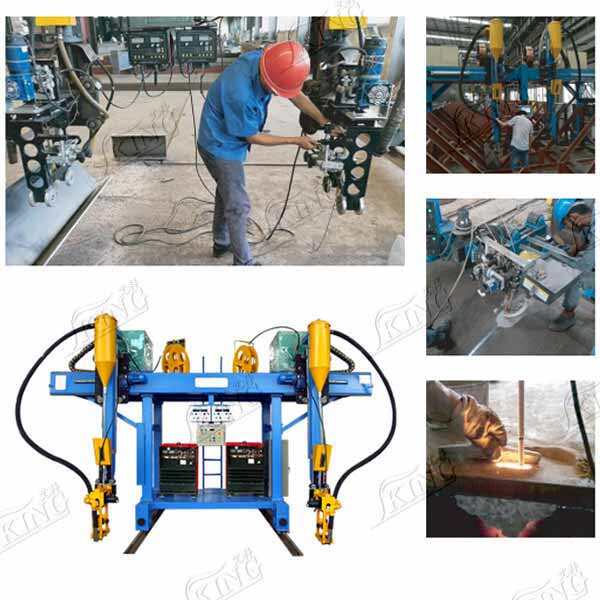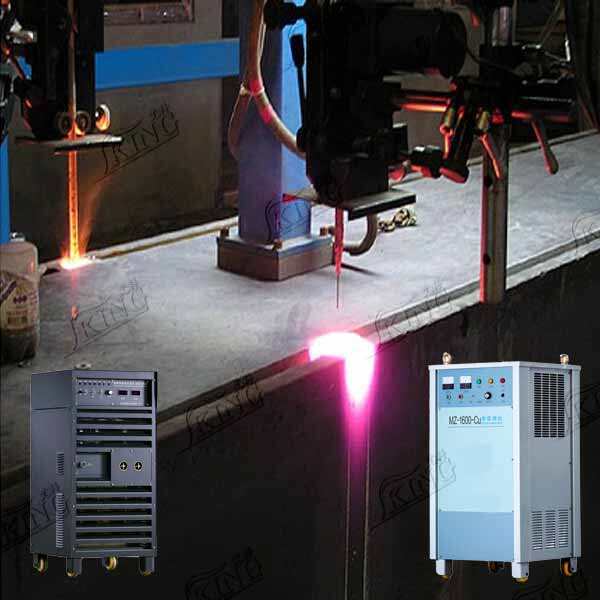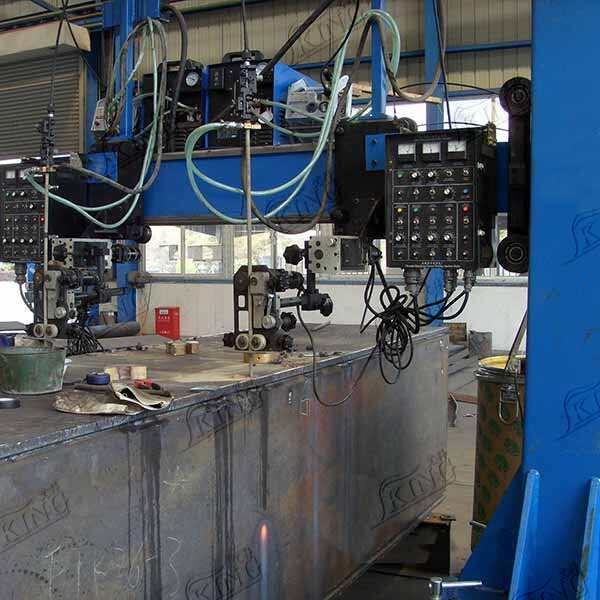melhor avaliada solda a eletrodo lama
A soldagem por eletroescória (ESW) representa um processo de soldagem altamente avançado e eficiente que revolucionou as aplicações industriais pesadas de soldagem. Esta técnica sofisticada utiliza aquecimento por resistência elétrica e um banho de escória fundida para unir chapas metálicas espessas em uma única passagem. O processo começa com um arco inicial que aquece uma poça de escória condutiva, a qual então mantém sua temperatura por meio do aquecimento de resistência à medida que a corrente passa entre o eletrodo e a peça de trabalho. O metal fundido proveniente do eletrodo alimentado continuamente cai através da poça de escória e solidifica-se para formar a solda. Este método é particularmente notável pela sua capacidade de criar soldas de alta qualidade em materiais com espessuras que variam de 1 a 12 polegadas, tornando-o ideal para aplicações industriais pesadas. O processo opera na posição vertical e requer mínima preparação da junta, reduzindo significativamente os custos de mão de obra e o tempo de processamento. Sistemas modernos de soldagem por eletroescória incorporam controles avançados para monitorar e ajustar parâmetros de soldagem em tempo real, garantindo qualidade e desempenho consistentes da solda. A tecnologia tem amplo uso em diversos setores, incluindo construção naval, fabricação de equipamentos pesados e construção em aço estrutural, onde se destaca na união de seções de chapas espessas com excepcional eficiência e confiabilidade.


